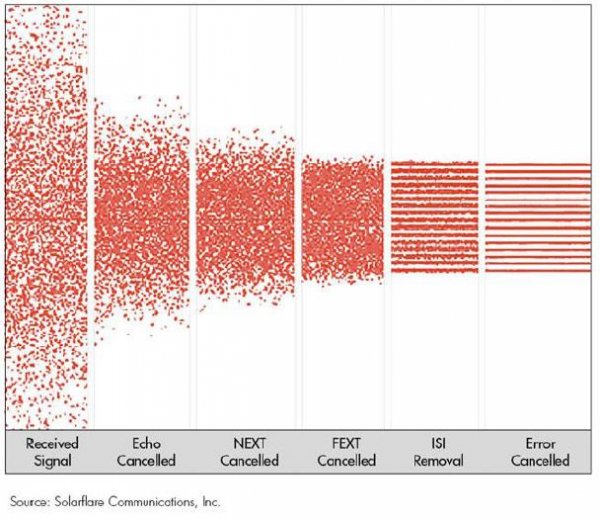Would be interested to know how your extreme compares with the W20 considering one is half the price of other (?)?
It might be good to realise there is a very distinct difference between the various offerings of music servers / streamers.
The first foremost and largest difference can be found in processing power.
The highest current processing power offerings that I'm aware of are:
-The Taiko Audio SGM Extreme with 2*10 core Intel Xeon CPUs
-The Pink Faun 2.16 with 1*8 core AMD Ryzen CPU
-The Laufer Memory Player with 1* AMD Threadripper CPU, depending on the model between 8 and 32 cores
Some obvious differences between these 3 are: The Extreme and Pink Faun are both fanless cooled and linear powered. The Memory Player uses fans for cooling and is SMPS powered. The Extreme and Memory Player are both running on a Windows operating system, for music playback the Extreme uses Roon, the Memory Player uses Jriver Media Center. The Pink Faun runs on Audiophile Linux and uses Roon for music playback. The Memory Player is the only one offering built in CD-ripping to what appears to be a proprietary 64 bit format and it has some unique in house designed software solutions improving playback performance. The Pink Faun focuses on hardware clock quality where the Extreme and the Memory Player both address this by other means (neither of these benefit from upgrading clocks). The Extreme offers PCIe storage up to 24TB, I think The Memory Player does too now, The Pink Faun offers SSD storage up to 8TB. The Pink Faun can be stacked to improve performance, the Extreme and Memory Player do not benefit from being stacked. Pricing wise The Extreme is more expensive then the Pink Faun, unless you buy 2 and stack them. The Memory player ranges from being the cheapest of all 3 to being the most expensive depending on the model.
Then there is a range of "middle CPU power offerings", usually using a 4-6 core Intel I7 CPU, I'll list a few of the better known ones:
-Sound Galleries SGM 2015 / EVO
-Lampizator Super Komputer
-Antipodes CX/EX
And then we have a very large selection of low CPU power offerings, using Intel Atom or other low power embedded CPU types, they all run a variation of a Linux operating system and offer Roon, Linux MPD (Music Player Deamon), UPNP or their own proprietary playback solution. Some better known examples:
-Aurender
-Innuos
-Melco
-Auralic
-432 EVO
The high CPU power offerings tend to cost more because obviously the digital side of the hardware is more expensive, they need beefier power supplies, larger / more elaborate cooling solutions and larger cases to fit everything. As always in High End the chassis can be the single most expensive part of it all, and some consider its build and finish quality to be a fundamental part of why we call it High End.



